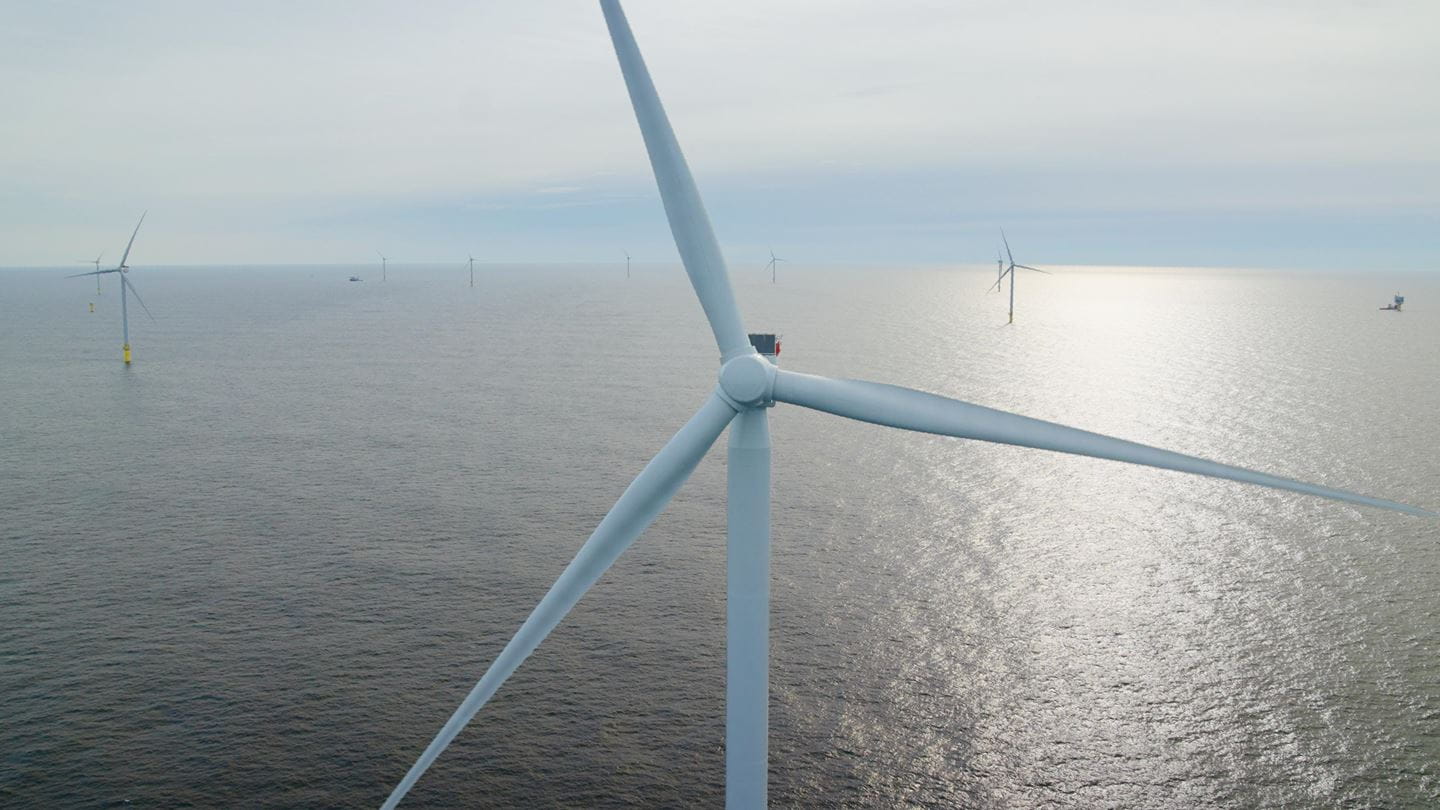As Cat 3 Hurricane Rafael barrels towards the Gulf of Mexico, the Bureau of Safety and Environmental Enforcement (BSEE) has activated its Hurricane Response Team to ensure the safety and environmental integrity of offshore oil and gas operations.
Hurricane Rafael’s late-season development marks an unusual November threat to the U.S. Gulf of Mexico’s offshore oil and natural gas production.
BSEE says it is working closely with offshore operators, coordinating with federal and state agencies to oversee platform evacuations, rig relocations, and production shutdowns.
According to BSEE’s latest data from 11:30 a.m. CDT, evacuations are well underway. Personnel have been removed from 11 production platforms—about 3% of the Gulf’s 371 manned platforms. Additionally, one non-dynamically positioned (DP) rig, a type less mobile than DP rigs, has been evacuated, accounting for approximately 16.6% of such rigs in the area. DP rigs, which stay in position through thrusters and propellers, have been especially vigilant, with one already moving out of the hurricane’s path as a precaution.
In response to the evacuation orders, operators have enacted shut-in procedures to close subsurface safety valves and prevent potential environmental damage from oil or gas leaks. As of today, 17.4% of the Gulf’s oil output and 7.04% of its natural gas production have been temporarily halted, minimizing the risk of leaks or spills in hazardous weather.
Hurricane Rafael, currently a Category 3 storm with winds reaching 115 mph, is expected to cross Cuba before heading into the southeastern Gulf, where it is expected to encounter cooler waters and increased wind shear, factors that should contribute to its weakening. However, the NWS notes that there is “larger-than-normal” uncertainty” regarding’s the storm’s intensity later in the forecast period.
The storm’s path suggests a potential landfall along the central Louisiana coast; however, the landfall potential zone extends from the Florida Panhandle to the Texas coast. “It is too soon to determine what, if any, impacts Rafael could bring to portions of the western Gulf Coast. Residents in this area should regularly monitor updates to the forecast,” forecasters said.
Raphael is the 17th named storm of the Atlantic hurricane season, which runs from June 1 to November 30. This season has already seen five hurricanes make landfall in the U.S.

 Join The Club
Join The Club










